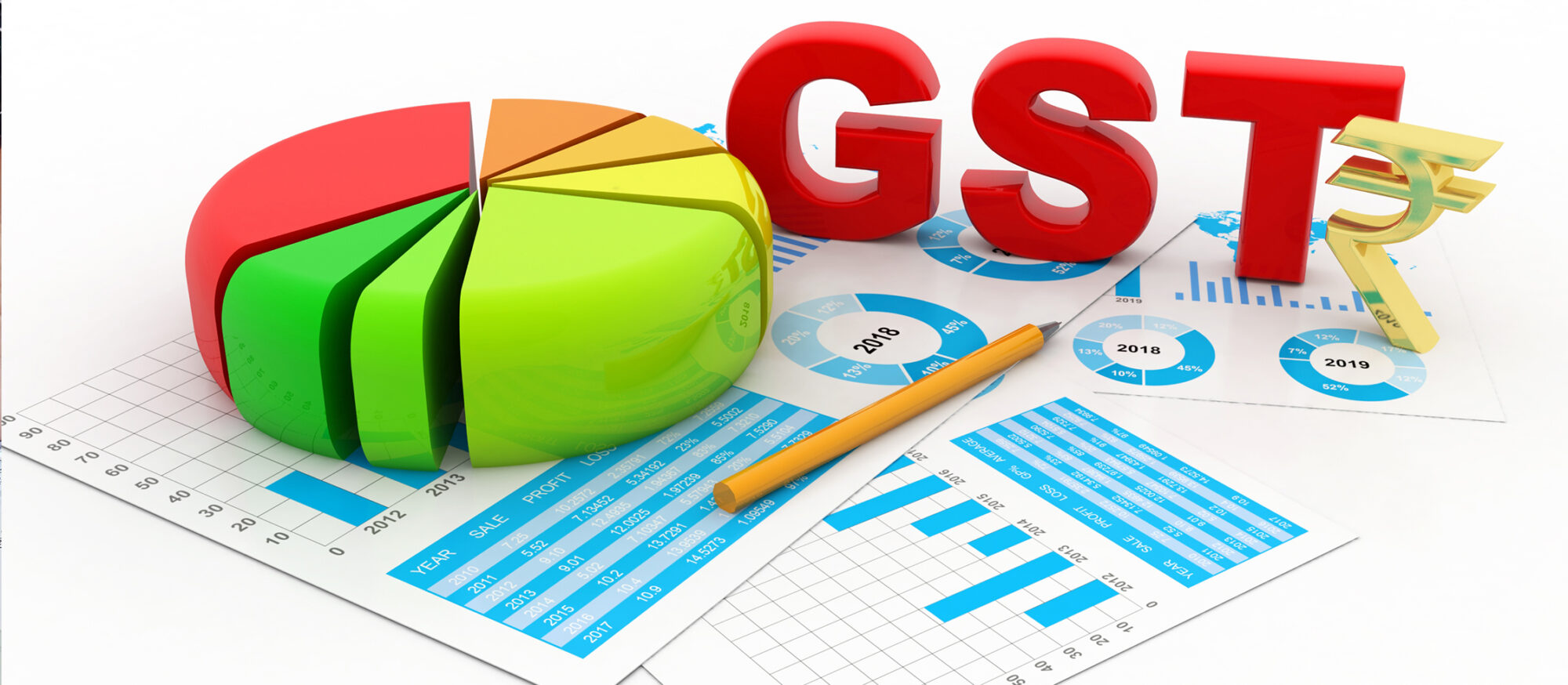
GST collection to GDP increasing slow and steady
- May 9, 2024
- 0
Gross GST collection (before refunds) grew 11.5 per cent to hit the second-highest numbers at `1.78 trillion in March of the last financial year. The highest amount at `1.87 trillion was collected in April 2023. Gross GST collection touched j20.18 trillion during the entire 2023-24, a growth of 11.7 per cent over `18.07 crore during the previous financial year.
While the gross amount seems significant, it was just 6.86 per cent of the GDP at current prices for 2023-24, if Second Advance Estimates of national accounts are considered. It was higher than 6.72 per cent in the previous year, but only moderately. Six years ago in 2028-19, the GST –GDP ratio was 6.23 per cent. As such, the GST receipts in proportion to the size of the economy have only moderately been rising over the years. Because, For the government, net GST collections (after refunds) are more important than gross GST receipts.
The main reason for higher collections is attributable to digitisation and progressive formalization of the economy.
These have not only brought business in the tax base but also has generated data analytics towards better enforcement and compliance.
This could be due to factors like increased economic activity, changes in tax policies and better tax enforcement. Looking ahead, while it is hard to predict exact outcomes, factors like economic recovery and government actions will play a key role in shaping future trends.
The buoyancy will continue to be strong, driven by the penetration of smartphones, innovation in fintech and growth in e-commerce, ease of digital payments over UPI even local kirana stores also moving to ‘phygital’ mode.
👇 Please Note 👇
Thank you for reading our article!
If you don’t received industries updates, News & our daily articles
please Whatsapp your Wapp No. or V Card on 8278298592, your number will be added in our broadcasting list.


































































